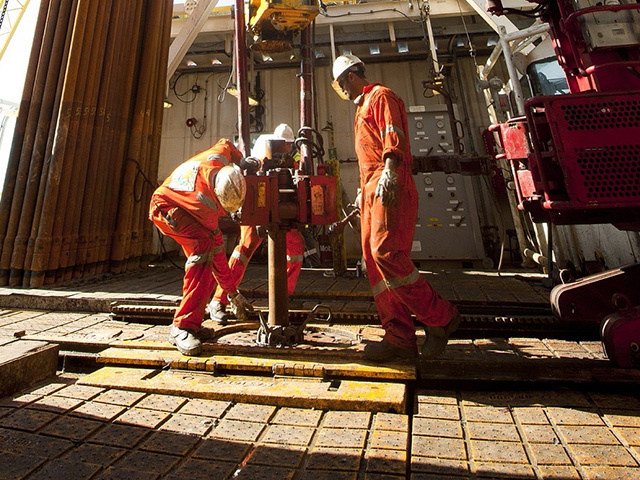
Norwegian operator Statoil said it has made an oil and gas discovery in the Norwegian North Sea.
The find was confirmed by the Norwegian Petroleum Directorate (NPD) after drilling of two wildcat wells was completed.
Wells 30/11-14 and 30/11-14 B were drilled about six kilometres southeast of the the Krafla discovery southwest of the Oseberg Sor facility in the North Sea.
The primary exploration target for the wells was to prove petroleum in the Middle Jurassic reservoir rocks (the Tarbert formation) in two nearby fault blocks.
The secondary exploration target was to prove petroleum in the Ness formation in the Middle Jurassic.
The NPD said well 30/11-14 encountered two gas columns at two levels in the upper section of the Tarbert formation, of 23 and 6 metres respectively, of which 14 and 5 metres have good to moderate reservoir properties.
Well 30/11-14 B encountered two gas/oil columns and an oil column at three levels in the upper part of the Tarbert formation; 38, 12 and 13 metres respectively in total, of which 18, 9 and 13 metres have good to moderate reservoir properties.
Both wells encountered sandstones with moderate reservoir quality in the Ness and Etive formations, but these were dry.
A spokesman said: “Preliminary estimates indicate that the size of the discovery in well 30/11-14 is between 1 and 2 million standard cubic metres (Sm3) of recoverable oil equivalents and between 2 and 5 million standard cubic metres (Sm3) of recoverable oil equivalents in well 30/11-14 B.
“The licensees will assess the discoveries together with other discoveries in the vicinity, with regard to a potential development.”
Recommended for you
